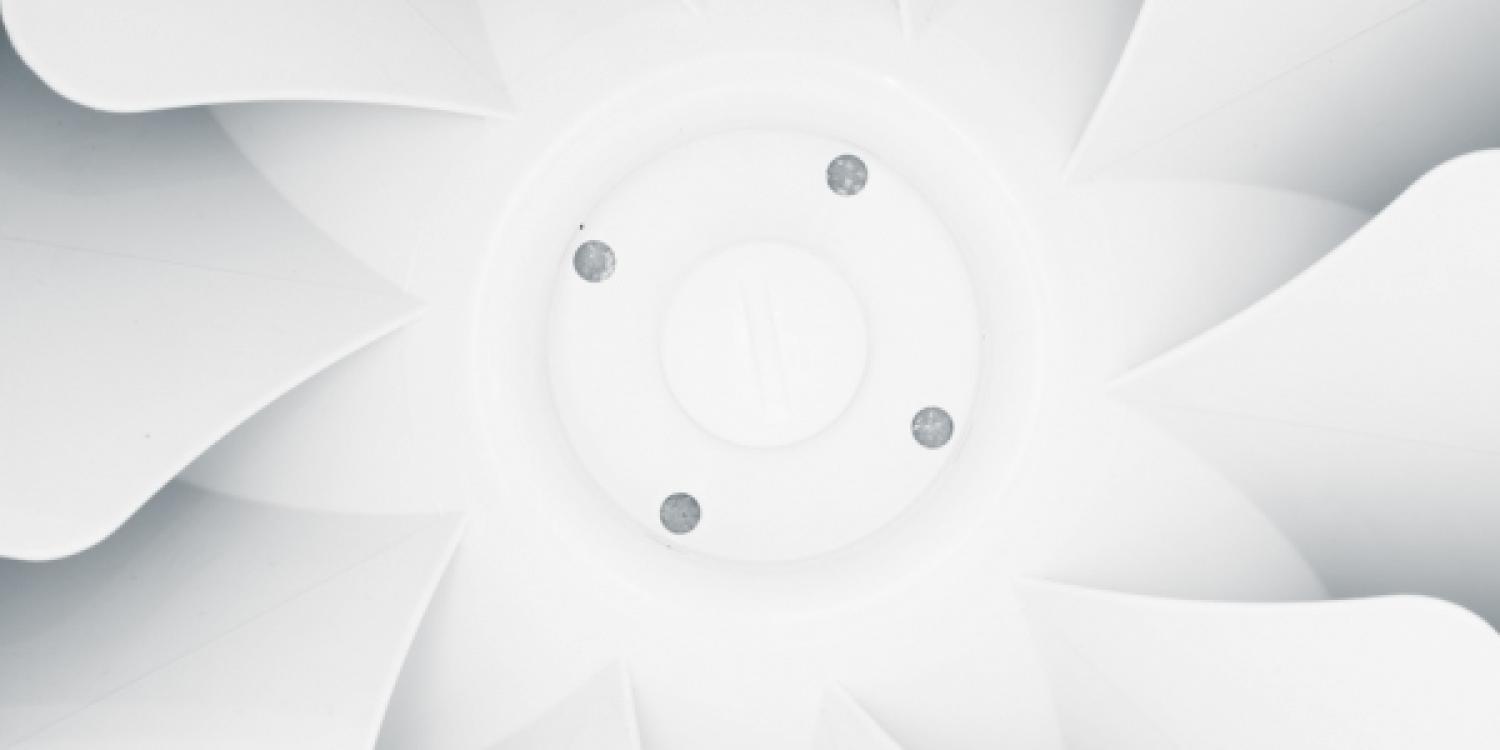Free cooling

© nikkytok, image #89677847, 2017, source: Fotolia.com
Information
Impacts:
Energy
Sector:
Manufacture of food, beverages and tobacco
Accommodation and food service activities
Wholesale and retail trade (exc. motor vehicles)
Cross-cutting
Investment cost:
High cost
Cost savings:
Annual: € 24 525 (£ 22 500)
Investment cost:
€ 141 700 (£ 130 000) per project; the scale of the project depends on cooling requirements; free cooler (dry chiller) should only be installed as a lead chiller; mechanical compression unit should always be installed (combined units are available); regular maintenance checks are required
Cost:
High cost
Resource savings: Energy:
Annual: reduced power demand; 250 000 kWh or 125 080 kg CO2 equivalent
Free cooling can assist in cooling water which is subsequently used in industrial processes or air-conditioning systems. It is an economical system which can help reduce costs and energy uses.
Free cooling uses low outside temperatures to chill the water and can replace mechanical refrigeration systems. When the air temperature is lower than the temperature of the water needed, free cooling is a great option.
Consider using free cooling when:
- Chilled water is needed at 10° C or above
- Frequent or constant cooling is required all year round
- The outside temperature is low enough to meet the chilled water requirements
Carbon Trust, Air conditioning, https://www.carbontrust.com/media/17824/j7906_ctg005_air_conditioning_a…
EAUC-Scotland and Resource Efficient Scotland (RES), Energy Efficiency Technologies Catalogue, http://www.sustainabilityexchange.ac.uk/energy_efficiency_technologies_…